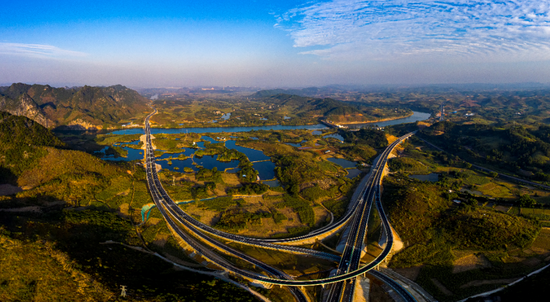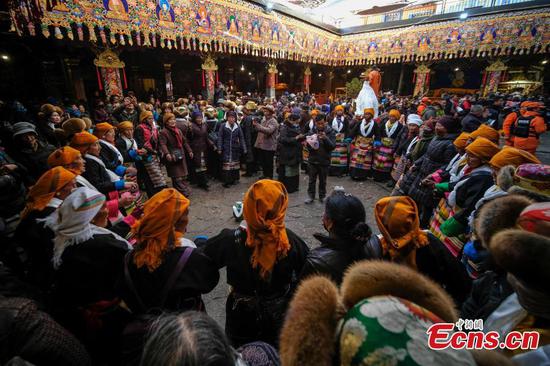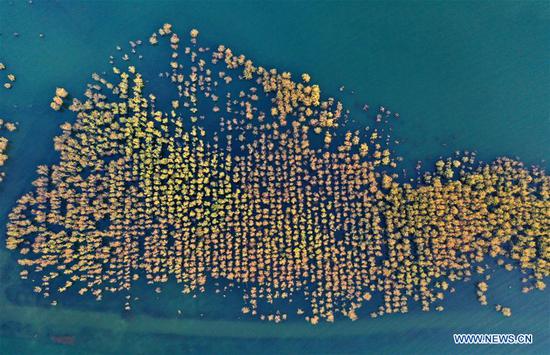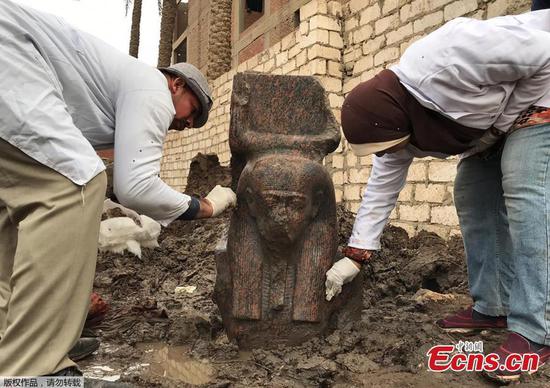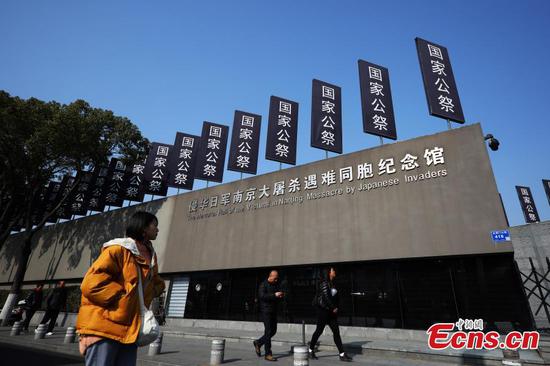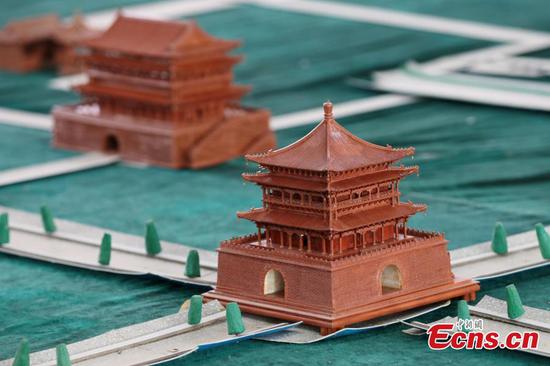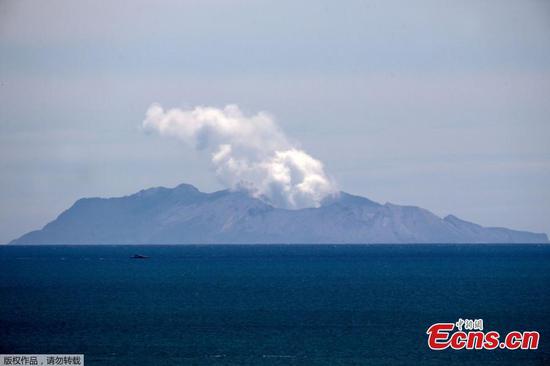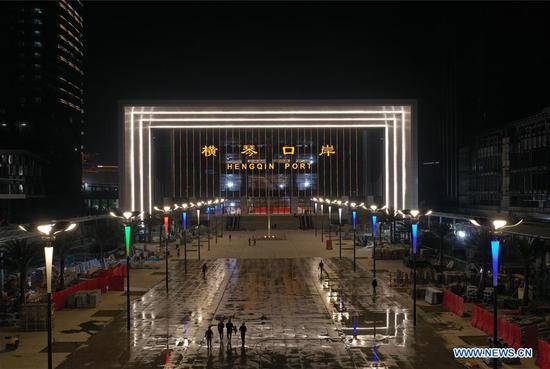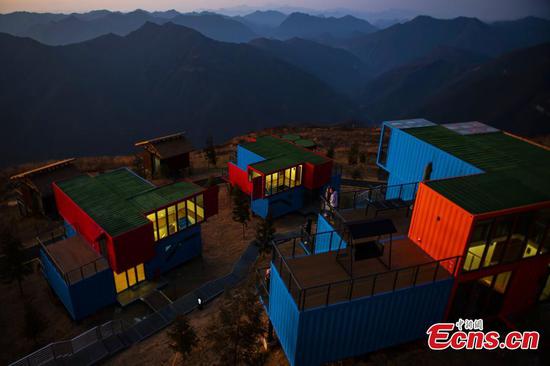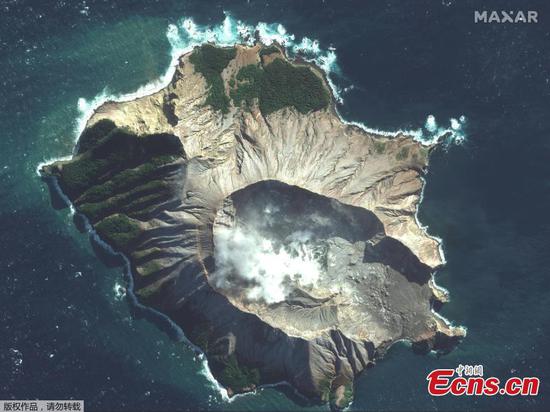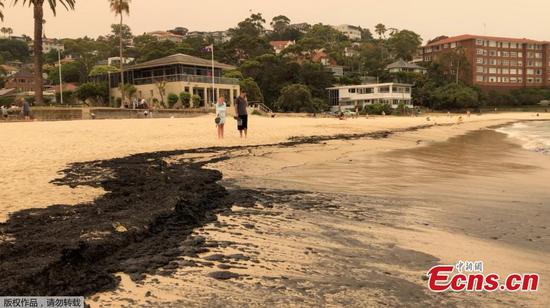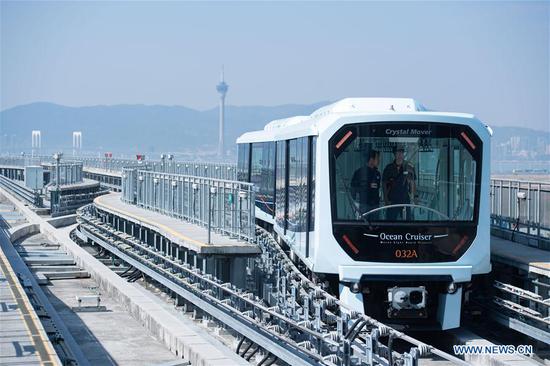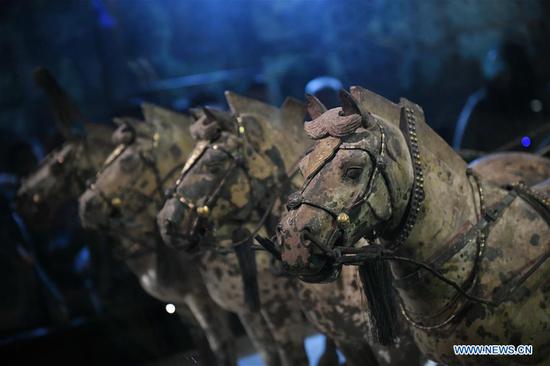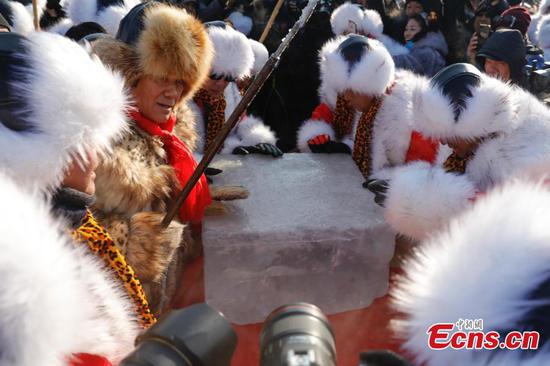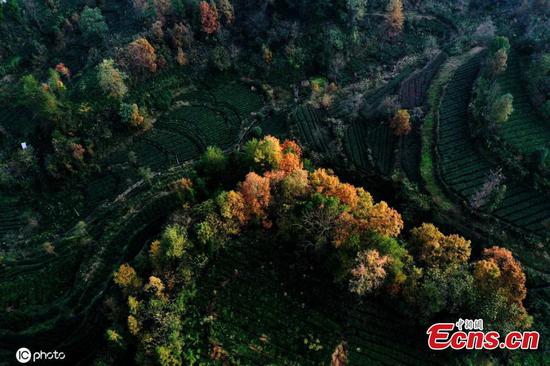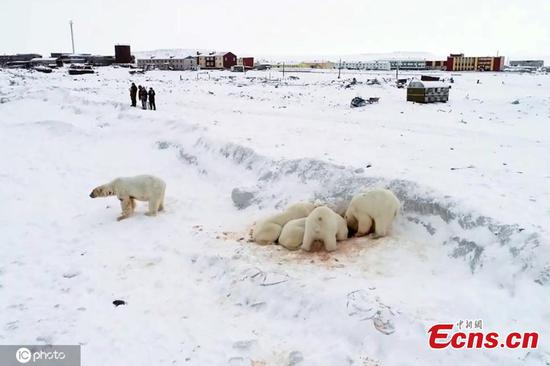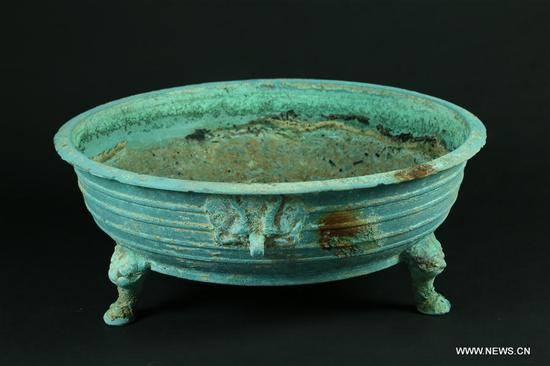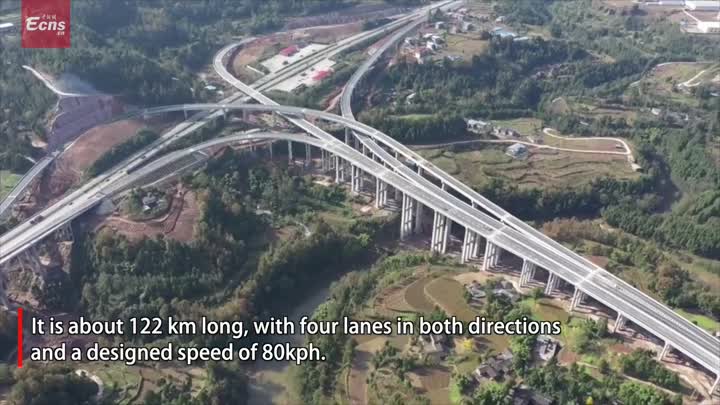
File photo: the world's largest water diversion project, which transfers water from the Yangtze River in the south to the drought-prone north. (Photo/Xinhua)
More than 120 million people in northern China have benefited from the world's largest water diversion project, which transfers water from the Yangtze River in the south to the drought-prone north, authorities said on Thursday.
Since coming into operation, the middle and eastern canals of the project have transferred nearly 30 billion cubic meters of water to over 40 cities and 260 counties in northern China, Vice-Minister of Water Resources Jiang Xuguang said at a news conference organized by the State Council Information Office.
The water transferred is enough to fill West Lake — a well-known lake in Hangzhou, Zhejiang province — about 2,140 times.
The project, first proposed by late Chinese leader Mao Zedong over 70 years ago, is designed to optimize the allocation of water resources and quench the thirsty north through eastern, middle and western canals from the Yangtze River, the country's longest river.
The first phase of the eastern route was put into operation in November 2013. The middle route, which started supplying water in December 2014, has grabbed the most attention due to its role of bringing water to the Chinese capital.
According to the ministry, over 73 percent of Beijing's tap water supply comes from the project, benefiting over 12 million residents, nearly half of the city's total population. In nearby Tianjin, the project supplies all the water used in 14 districts.
"The water from the south has become a lifeline for these cities' water supply," Jiang said. The project has yielded remarkable social and ecological benefits, including its supporting role in the development of the Beijing-Tianjin-Hebei cluster and Xiongan New Area, he said.
The success of the gigantic water transfer project is based in great part on the relocation of some communities in Hubei and Henan provinces, he said.
More than 345,000 people living in the Danjiangkou reservoir area — at the beginning of the middle route — moved to more than 600 government-built villages to make way for the project. Earlier this month, the resettlement passed a review by the ministry.
The local government has invested more than 4 billion yuan ($569 million) to assist with the resettlement across the two provinces as well as providing over 150,000 villagers with free professional skills training, Jiang said.
The annual per capita income of people from Danjiangkou has now reached over 10,000 yuan, "much higher than that before the relocation", he said.
Xu Dagang, one of the relocated people in Shiyan, Hubei, said he used to have great fear of the uncertainty after the relocation, much like his fellow villagers. Xu said their new life, however, has proved that those worries were not founded.
After moving to a two-story apartment not far from his old house, the 51-year-old farmer and his wife attended a free training course in making garments, offered by the government several times a year. They now work in a local clothing factory.
"With the salary from the clothing factory and dividends on the 4 mu (0.27 hectares) of new farmland from the rural cooperative, we're able to make over 4,500 yuan every month," Yu said, adding that life is much better and easier now.
Shi Chunxian, director of the ministry's development planning department, said that the authorities have been stepping up efforts to push forward the follow-up construction along the eastern and middle canal routes and carry out study and selection of plans for the western route.









